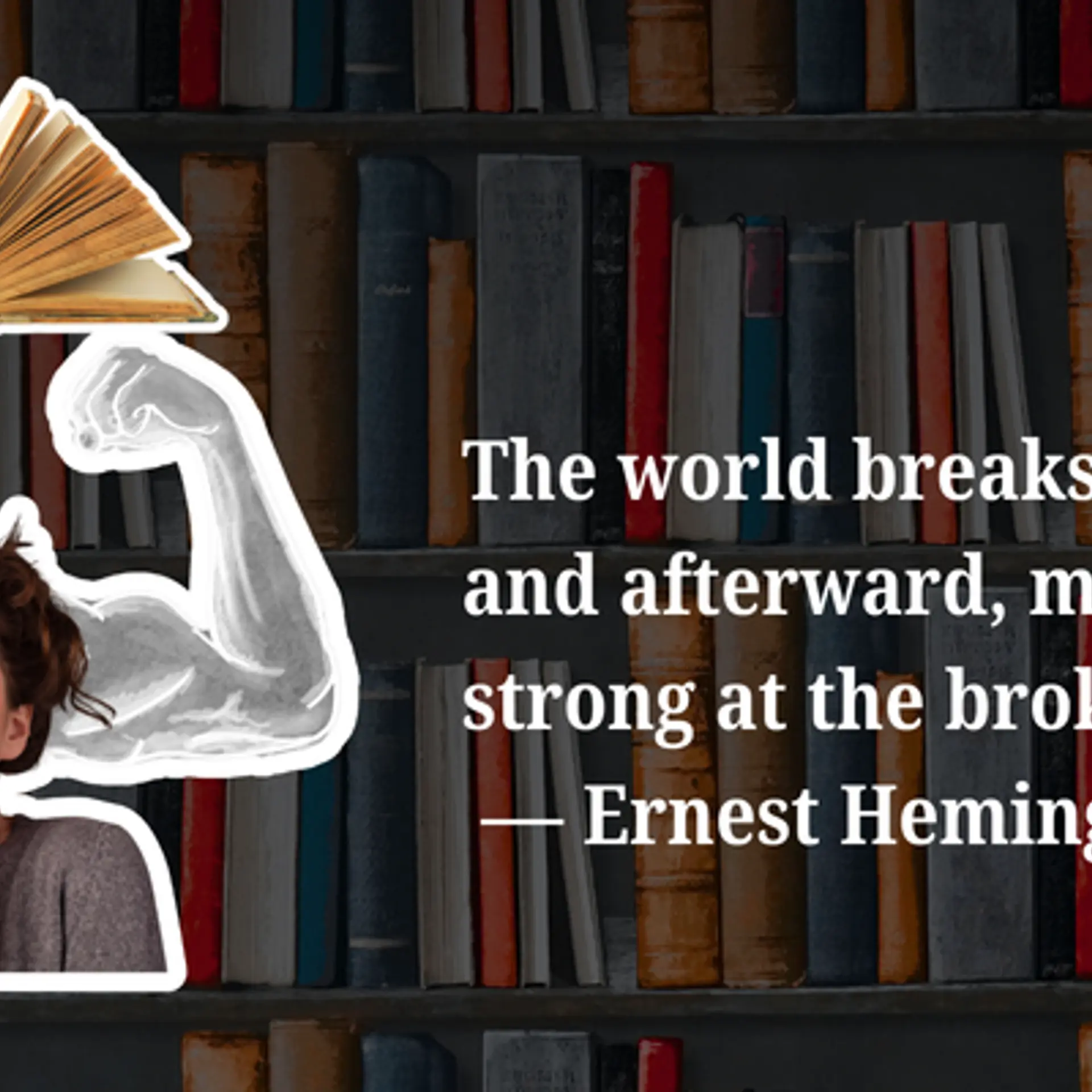Zero-Shot Learning Demystified: Unveiling the Future of AI in Machine Learning
Discover the inner workings of Zero-Shot Learning and how it leverages semantic relationships to predict and classify novel classes
Machine learning has made significant strides in recent years, demonstrating remarkable capabilities in various domains such as image recognition, natural language processing, and recommendation systems. However, a fundamental limitation of traditional machine learning approaches is their reliance on labeled training data. This requirement poses a challenge when confronted with new, unseen classes or categories. Zero-Shot Learning (ZSL) emerges as a powerful technique that addresses this limitation, enabling machines to learn and generalise from previously unseen data with astonishing accuracy.
What is Zero-Shot Learning?
Zero-Shot Learning is an approach within machine learning that enables models to recognise and classify new instances without explicit training on those specific instances. In other words, it empowers machines to understand and identify objects or concepts they have never encountered before. Traditional machine learning models heavily rely on labeled training data, where each class or category is explicitly defined and represented. However, in real-world scenarios, it is impractical and time-consuming to label every possible class.
ZSL leverages the power of semantic relationships and attribute-based representations to bridge the gap between seen and unseen classes. Instead of relying solely on labeled training examples, ZSL incorporates additional information such as textual descriptions, attributes, or class hierarchies to learn a more generalised representation of the data. This allows the model to make accurate predictions even for novel or previously unseen classes.
How Does Zero-Shot Learning Work?
Zero-Shot Learning operates on the premise of transferring knowledge learned from seen classes to unseen ones. The process typically involves the following steps:
Dataset Preparation: A dataset is created, containing labeled examples of seen classes and auxiliary information describing the unseen classes. This auxiliary information could be textual descriptions, attribute vectors, or semantic embeddings.
Feature Extraction: The model extracts meaningful features from the labeled data, learning to associate visual or textual representations with class labels. This step is crucial in building a robust and discriminative representation of the data.
Semantic Embedding: The auxiliary information for unseen classes is mapped into a common semantic space. This step enables the model to compare and relate the features of seen and unseen classes, even without explicit training examples.
Knowledge Transfer: The model leverages the learned features and semantic relationships to make predictions on unseen classes. By understanding the shared attributes or semantic characteristics, the model can generalise its knowledge to recognise and classify previously unseen instances accurately.
Benefits and Applications of Zero-Shot Learning
Zero-Shot Learning offers several advantages and opens up new possibilities in the field of machine learning:
Scalability: ZSL eliminates the need for retraining models every time a new class is introduced. This makes the learning process more efficient and scalable, as the model can seamlessly adapt to novel categories without requiring additional labeled examples.
Flexibility: ZSL allows for the incorporation of diverse sources of information, such as textual descriptions or attribute vectors, enabling models to generalise across different modalities. This flexibility broadens the applicability of machine learning in domains where explicit training data may be scarce or costly to obtain.
Real-World Relevance: In many real-world scenarios, new classes continuously emerge or evolve. Zero-Shot Learning equips models with the ability to adapt and recognise novel instances, making them more applicable in dynamic environments where traditional models would struggle.
Transfer Learning: ZSL leverages the knowledge gained from seen classes to make predictions on unseen classes. This ability to transfer knowledge opens up possibilities for transferring models trained on one domain to another related domain, even if the new domain lacks labeled examples.
The applications of Zero-Shot Learning are far-reaching and have the potential to transform various industries. Some notable applications include:
Object recognition and image classification in domains where new classes emerge frequently, such as wildlife conservation or fashion industry.
Natural language processing tasks like text categorisation or sentiment analysis, where new topics or categories continuously emerge.
Recommendation systems, where ZSL can enable personalised recommendations for previously unseen items or niche categories.
Challenges and Future Directions
While Zero-Shot Learning has shown remarkable promise, there are still challenges that researchers and practitioners aim to address. Some of the key areas of focus include:
Semantic Gap: Bridging the semantic gap between seen and unseen classes remains a challenge. Developing more accurate and robust methods for mapping semantic information to feature representations is essential for improving ZSL performance.
Fine-Grained Learning: Zero-Shot Learning is particularly challenging in fine-grained domains where subtle differences exist between similar classes. Developing techniques that can capture and discriminate these fine-grained details is an ongoing research area.
Data Bias: Ensuring the fairness and generalisation of Zero-Shot Learning models is crucial. Models must be designed to handle data biases and prevent biased predictions when dealing with unseen classes.
As research continues in these areas, Zero-Shot Learning will likely continue to evolve, pushing the boundaries of machine learning and enabling machines to learn and generalise from previously unseen data in even more sophisticated ways.
Zero-Shot Learning represents a significant advancement in the field of machine learning by overcoming the limitations of traditional approaches. By leveraging auxiliary information and semantic relationships, ZSL enables machines to recognize and classify novel classes accurately, without the need for explicit training examples. With its scalability, flexibility, and real-world relevance, Zero-Shot Learning opens up new opportunities for applications in various domains. As research progresses and the challenges are addressed, ZSL is set to revolutionise the way machines learn and adapt, paving the way for more intelligent and capable systems








